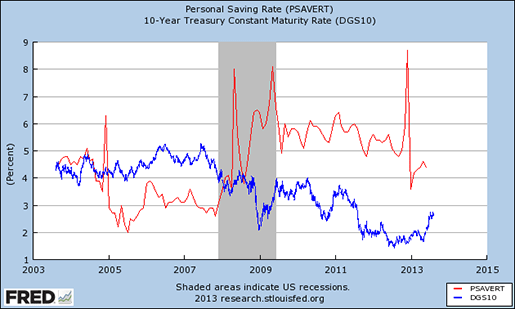Too Much Interest In Short Interest
Post on: 23 Июль, 2015 No Comment

Too Much Interest In Short Interest
This is an abbreviated sample of a comment posted for subscribers
Trying to measure extremes in investor sentiment can be a tricky undertaking.
Besides dealing with incomplete information, reporting delays, unscrupulous vendors, costly data, and the changing nature of what extreme actually means, sometimes market dynamics change so much that previously reliable data is rendered less so.
Market dynamics involve the underlying structure of the market — the way people trade, what they trade, how they trade, and who’s trading. Recent examples include the NYSE going to decimal pricing from fractions, the diminishing role of the floor specialist, and the elimination of the uptick rule, among many others.
Sometimes the effect of these changes is obvious, and readily apparent in the indictors we follow. Frequently, we’re able to adjust by modifying the way we look at the data, or parsing it in different ways. Sometimes, though, we just have to accept the change and move on.
We may be at that point with short interest. Short interest is a popular measure of sentiment, and has become much more so over the past couple of years. By watching how many shares of a company have been borrowed and sold, with traders waiting for the stocks to decline so they can buy the shares back at a lower price, we can get a handle on just how aggressively people are pushing against the market.
But times have changed.
Every couple of years, a new fad sweeps Wall Street, and in typical fashion we see wave after wave of assets pour into the NEXT GREAT THING until it collapses under its own weight.
The next great thing over the past year has been active extension strategies. This goes by many names, including short extension, equity plus, alpha edge, and equity flex. Most of us, though, probably know them by 130/30 or 120/20.
These strategies use leverage and short sales to ostensibly enhance an otherwise plain-vanilla stock strategy. The manager of one of these funds leverages his portfolio so that it is exposed 130% to the long side, plus he sells short an amount of shares equivalent to 30% of the portfolio. The net result is 100% exposure to the stock market, with a little juice thrown in. It can add a bit of extra return to a portfolio, with lower volatility. at least in theory.
Assets in these funds have gone from next to nothing a few years ago, to perhaps $100 billion or more today. Estimates by institutional investors expect total assets following these programs to balloon to $1 trillion or more within two years.
Regardless of the merit of the strategy, it has had a pronounced impact on Wall Street, and has influenced some of the data we follow. By definition, these managers not only have to buy more stock, but they also have to sell short a bunch more too.
What this means to us now is that increases in short interest do not necessarily indicate an increase in pessimism among investors. A good chunk of it could simply be due to a flow of money allocated to 130/30 funds, which have to sell short no matter what. They could be very bullish on the market, but they’re still driving short interest higher. Our best guess is that these funds alone have accounted for approximately 25% of the increase in short interest over the past year.
The chart below shows the asset growth in active extension strategies, and the subsequent impact on NYSE short interest. Because mutual funds are now getting into the game, these numbers could be under-reported by half or more, so consider the numbers in the chart to be conservative.














